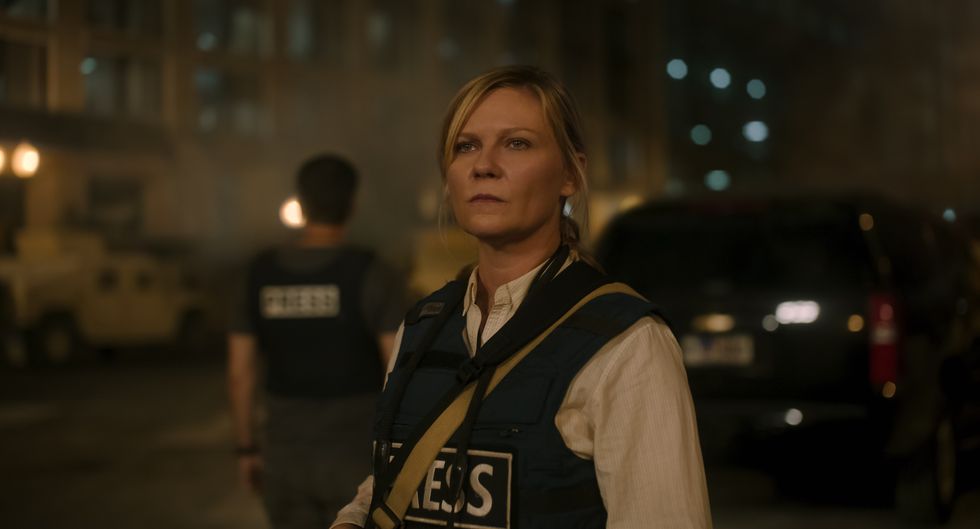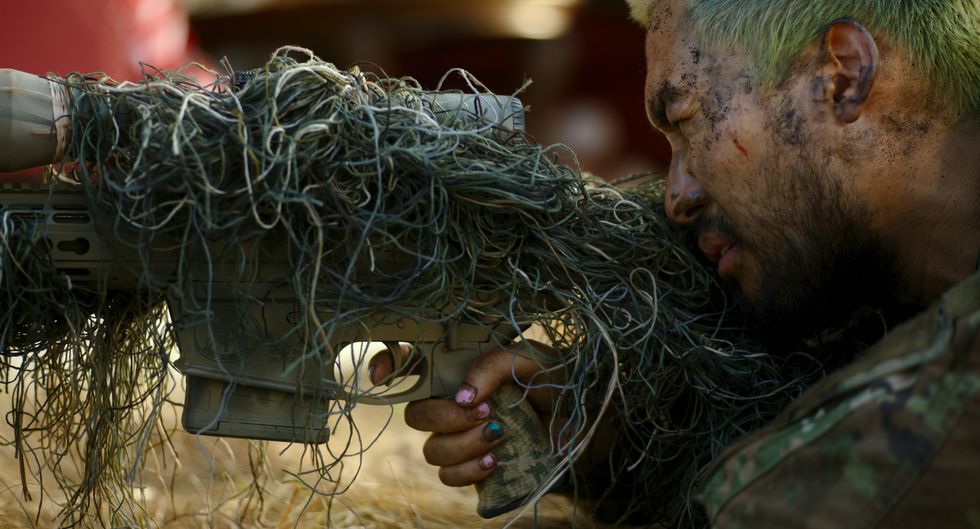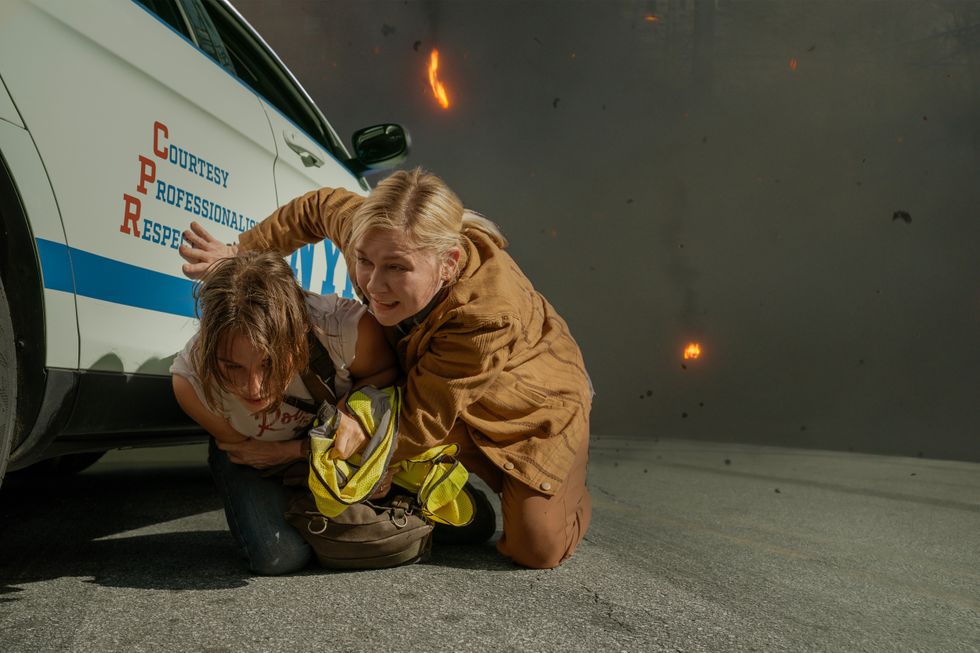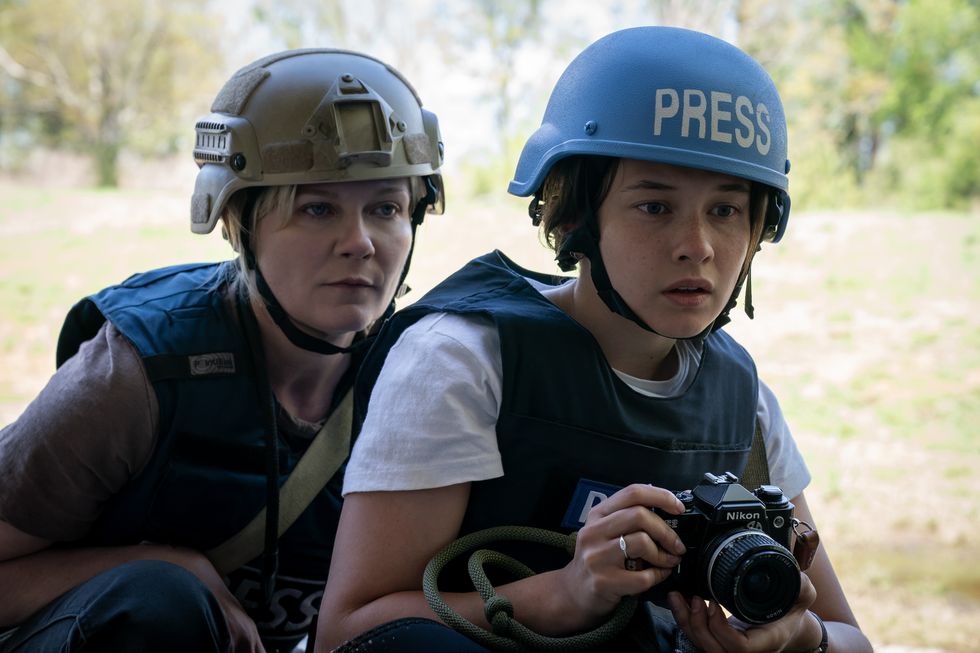NAB 2012: Day 3 Recap - Thoughts On 4K RAW Data Rates and Letting the Camera Roll
I had a chance to stop by Atomos, RedRock, ikan, Jag35, Zacuto and had some great conversations with the people there. I will have video updates from all of these companies and more as soon as I can get them uploaded (again hotel WiFi is brutal, I know I am not the only one suffering from this problem). NAB 2012 is flying by and there is enough happening at this show that if it ran for a month it would still be impossible to cover everything in-depth. On a side note, if you're going to make an app for your show (the NAB 2012 app), why not promote it a little more? This is probably advice for anyone making an app for any type of event like this, but promote it like crazy - from posters to telling people about it when they register.
Something I've noticed whilst shooting these interviews is that I tend to let the camera roll and roll (not cutting between stops in talking), mostly because I hate syncing sound in post (even if it's done for me) - but I'm not using dual system sound - so those habits have stuck with me. Anyway, the really interesting part of this is that letting footage roll is going to have some major consequences going forward. Hard drives are getting cheaper and bigger everyday, but they aren't keeping pace with the sheer amount of data that us video people are consuming. It won't be long before we aren't using very compressed formats anymore - every camera will be expected to have an HDMI or HD-SDI that is recordable, and we're all going to have recorders doing ProRes HQ or DNxHD 220 available for $100 (or maybe less). That's if companies decide not to include those formats on-board (which needs to happen sooner rather than later, as there really isn't an excuse for low-bitrate 4:2:0 recording in camera if a cheap external recorder like the Blackmagic Hyperdeck Shuttle 2 can do DNxHD and it's less than $400).
But let's consider that 4K is being pushed hard, very, very hard by a lot of companies that originally had not pushed it in the consumer space (I'm looking at you Sony). For data wranglers and editors (many of us multi-hyphenates are both), 4K at the moment is not fun. Anyone who's been shooting with RED can tell you that file sizes are large, but RED is a compressed RAW format - so their situation isn't quite as bad as what's about to come out from a few companies. Sony and Canon's 4K RAW is going to be uncompressed, which is just insanity in terms of the data. Let's do a little math just to see how bad this situation is going to get - this is using the 4K DCP standard of 4096 x 2160 - which equals a 1.9 aspect ratio.
- 4K RAW (4096 x 2160), 24fps, 10-bit: 253.125 Megabytes per second - 15.2 Gigabytes per minute - 911.3 Gigabytes per hour
- 4K RAW (4096 x 2160), 24fps, 12-bit: 303.75 Megabytes per second - 18.2 Gigabytes per minute - 1.093 Terabytes per hour
- 4K RAW (4096 x 2160), 24fps, 16-bit: 405 Megabytes per second- 24.3 Gigabytes per minute - 1.46 Terabytes per hour
If that doesn't make your head explode, I don't know what will. Actually I do, if you're shooting 3D with any of those camera, double the data. Around 3 Terabytes per hour for 16-bit RAW 4K. You're going to want that footage backed up in triplicate, so right there you have 9 Terabytes per hour. Consider that Hollywood films are doing 50-150 hours or more of footage, and the numbers are just staggering. If a film were to shoot 150 hours of footage in 4K RAW 3D on a camera like the C500 (that's a lot, I know, but it's possible for a bigger film), which does 10-bit 4K, we end up with 273.375 Terabytes. Oh, you'd like to back that up in triplicate? 820.125 Terabytes. Yes, we are going to be getting into Petabyte territory with filmmaking very, very soon. Data management is no joke anymore, and if we all want to be shooting 4K RAW, even at 10-bit, it's going to take a massive investment to make it work. Moore's law is still moving technology, but we desperately need larger SSD drives. Spinning disk drives are going to stick around for a long time because of their larger sizes, but backing up in triplicate is going to get even more expensive. Having 1 copy and a backup of your film on SSD drives should be much, much safer than if those drives were the spinning kind. This is because spinning hard drives can't just sit on a shelf, they need to be running every so often to keep working correctly, or the platters can lose data and be corrupted. SSDs are not perfect, but solid-state is a better long term solution in terms of data safety.
Either way, for us to be shooting a few hours of footage per day on one of these 4K RAW recorders, SSD drives need to come down in price and go up in storage capacity. 3 or 4 Terabytes of footage per day is going to add up. I am excited as anyone for the 4K revolution - and it's coming, whether it's here right now or not is certainly debatable - but it cannot be ignored. This year at NAB has been a big one for 4K, as there are more 4K displays in one building than I've ever seen before - with Sony, Canon, and others showing off their high-resolution monitors.
It's always good to talk about the price of certain cameras and recorders, but it is slightly irresponsible not to talk about the amount of storage required to deal with the ridiculous amount of data that comes with 4K RAW. I can see myself taking a more film-like approach to shooting 4K RAW uncompressed footage. On the indie side, digital still makes more sense than film at this scale, but we have to be careful about how much data we are creating, because we all have finite resources, but we will have a huge cost on the back-end for storage. Cameras might be cheaper than they've ever been, but at 4K the workflow carries with it some costs that are more attributed to film than to digital. Say you make a feature and you purchase a fully 4K RAW camera like the FS700 and a recorder like the AJA Ki Pro Quad - that's all going to set you back a little over $15,000 (accessories and media are extra). In the current market a 3TB drive is about $175 (with costs coming down as companies in Japan recover from the tsunami). If you shoot 50 hours of footage for your independent feature, and want that backed up in two other places, it's going to be 54.65 Terabytes X 3 = 163.95 Terabytes. That means you'll need 55 3TB drives coming in at a cost of almost $10,000. That doesn't include any way to actually make those drives work (like a RAID array). So that movie that you thought was free because you bought the camera is now actually costing you almost $10,000 in storage alone. This is a slightly extreme example because costs will come down - but it can't be ignored.
4K is coming (in many ways it's already here), but what RED is doing with compression (and you'll need it for 6K) makes a lot of sense because 3:1 compression on Epic should be visually lossless - even if it's not technically. It will be interesting to see what sort of compressed RAW formats will be coming out over the next couple of years to try to combat the extreme amount of data that 4K is using (though I still prefer open standards, like what Blackmagic is doing with the Cinema Camera).
In the meantime I'm going to continue shooting interviews on my borrowed 7D (thanks to Nick Novotny) in 1080p 24fps at around 5.625 Megabytes per second. I am still very excited about 4K RAW, but 45 megabits is a data rate I can get behind! (Even though there's a lot I don't like about 8-bit H.264)
















